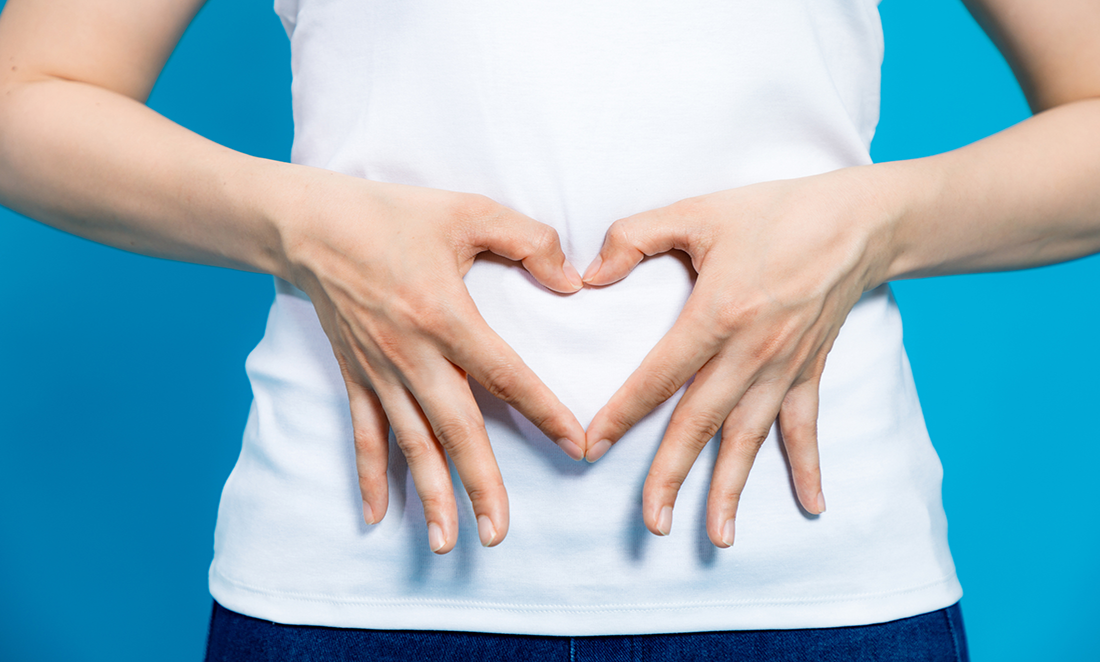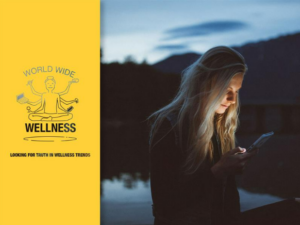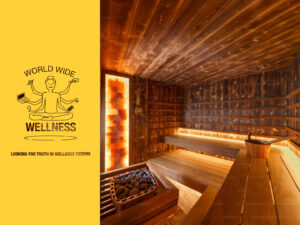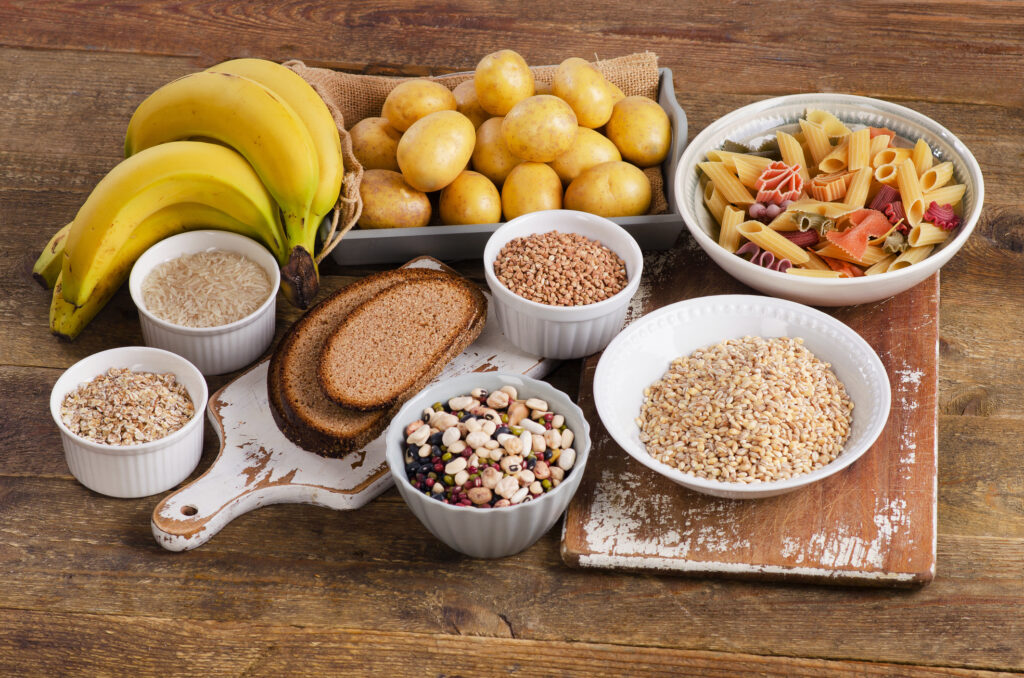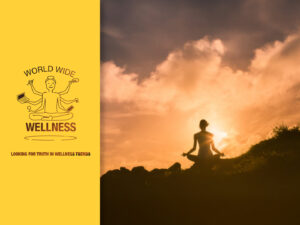Day 1 of the meal plan seems simple enough.
Eggs on wholemeal toast with spinach and mushrooms for breakfast, a lentil burger for lunch and lamb and veggies for dinner.
But this is no ordinary menu.
It’s specially designed to promote a healthy microbiome – the collective bacteria living in your gut.
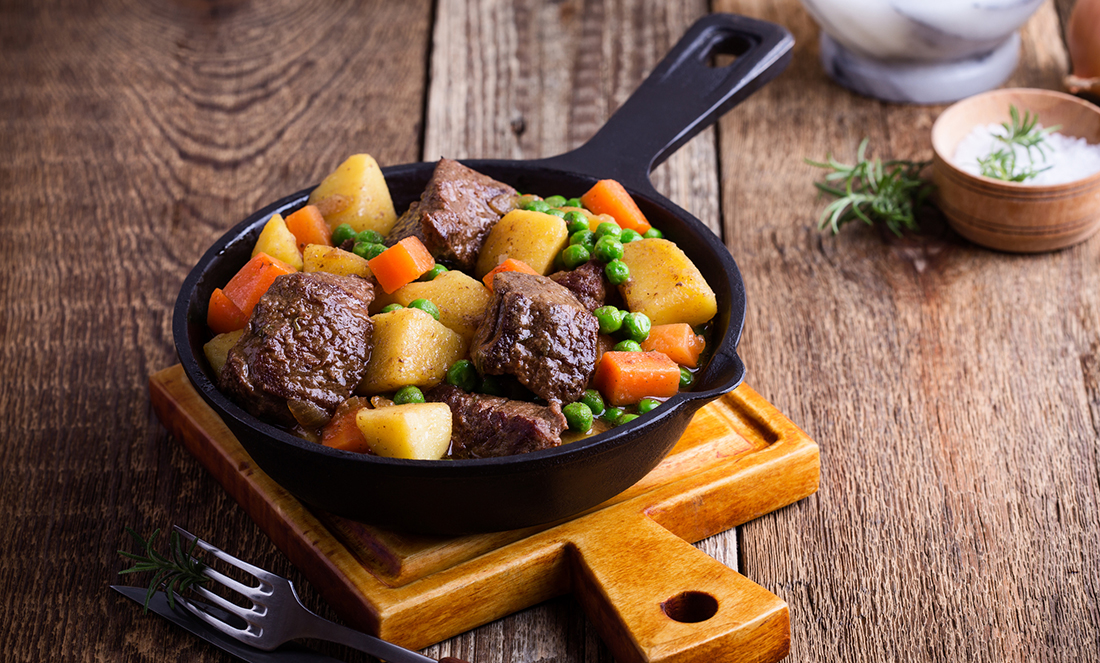
The meal plan is from Gut Feeling, a cookbook written by ECU nutrition expert Professor Amanda Devine and lead of the WA Human Microbiome Collaboration Centre Dr Claus Christophersen.
The book promises 14 days of “mindful menus for the microbiome” and is packed full of foods that the bacteria in our gut need to thrive.
ASK THE DOCTOR
Amanda says the meal plan was first developed for an episode of ABC’s Ask the Doctor last year.
“We designed a little mini-study of [ABC presenter Dr Shalin Naik] and Claus following what we would call ‘an Australian diet’, which is really quite high in junk and processed food,” she says.
This ‘Australian diet’ consisted of foods like burgers, beers and hot chips.
“Before they started this, we took blood, urine and stool samples, we put them on the diet for two weeks and then took more samples.
“We had a week’s washout, and then we designed a high resistant starch diet to see if we could improve the health of their guts.”
On the menu were plenty of plant-based foods – cereals such as corn, wheat and rice as well as legumes, fruit and vegetables.
Amanda says that, as she was developing the diet for the TV show, she realised the menus and recipes would be great for a cookbook.
(Spoiler alert: Shalin and Claus both felt much better on the gut-friendly diet.)
FEEDING OUR GUT MICROBIOTA
Poor gut health has been associated with inflammatory bowel disease, irritable bowel syndrome, obesity, some cancers and non-alcoholic liver disease.
Our mood and mental health can also be affected by the bacteria in the gut.
Amanda says history shows that cultures with diets high in resistant starch tend to have reduced levels of colorectal cancer, a different set of gut bacteria and better gut health overall.
“Really what we’re trying to do is feed our gut microbiota through using the high resistant starch recipes in the cookbook to actually encourage a healthier bowel,” she says.
The cookbook has been used with a whole range of people who have conditions such as irritable bowel syndrome.
It’s also been used in a GP practice to kickstart healthy eating.
But Amanda says the book is for everyone.
“It’s really how we should all be eating,” she says.
COOK AND COOL YOUR FOOD
Amanda says it was important for her that the recipes included simple, inexpensive ingredients and ways to use leftovers.
One of her top tips is that, if you cook then cool high resistant starch foods, it actually increases the amount of resistant starch even more.
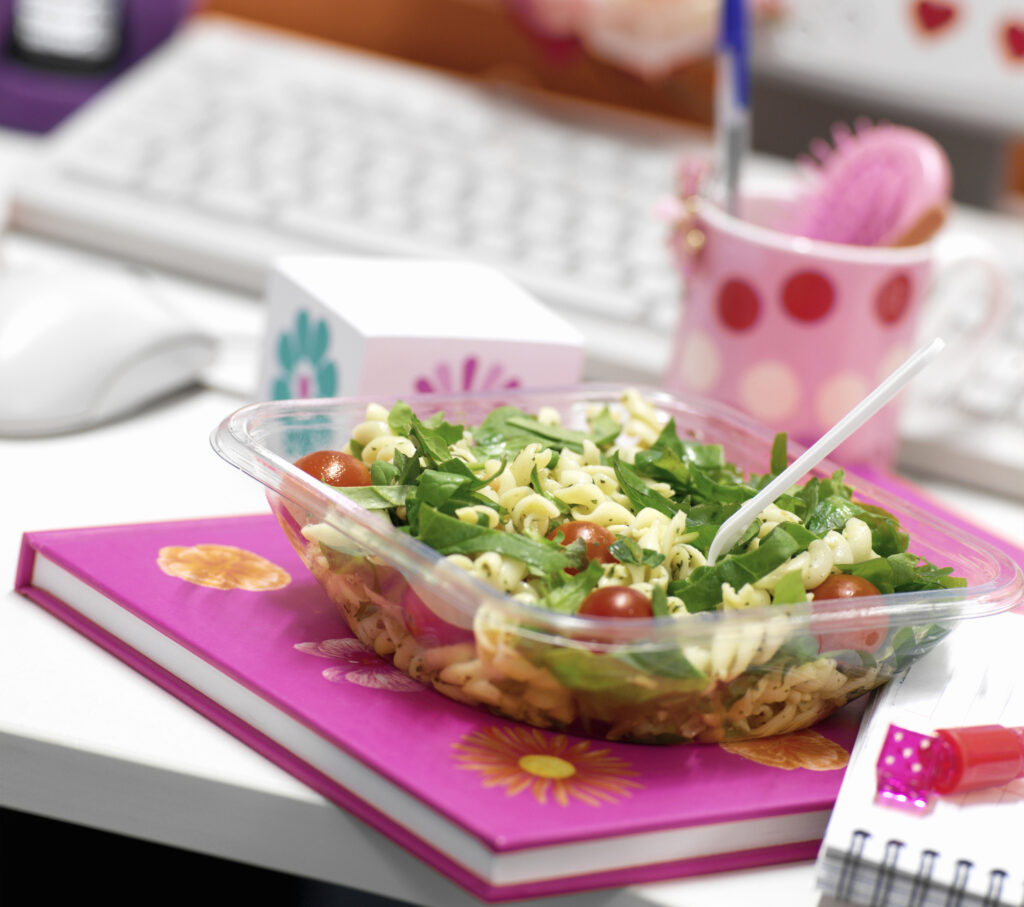
“If you take your leftover pasta for lunch tomorrow and you have it cold and you’ve added some spinach and a chopped tomato … that’s good because it will be higher in resistant starch,” she says.
“But even if you reheated it when you’re at work, you’re actually increasing the resistant starch yet again.
“And you’re not having to spend $5, $10, $15 buying a salad at the local cafe.”



